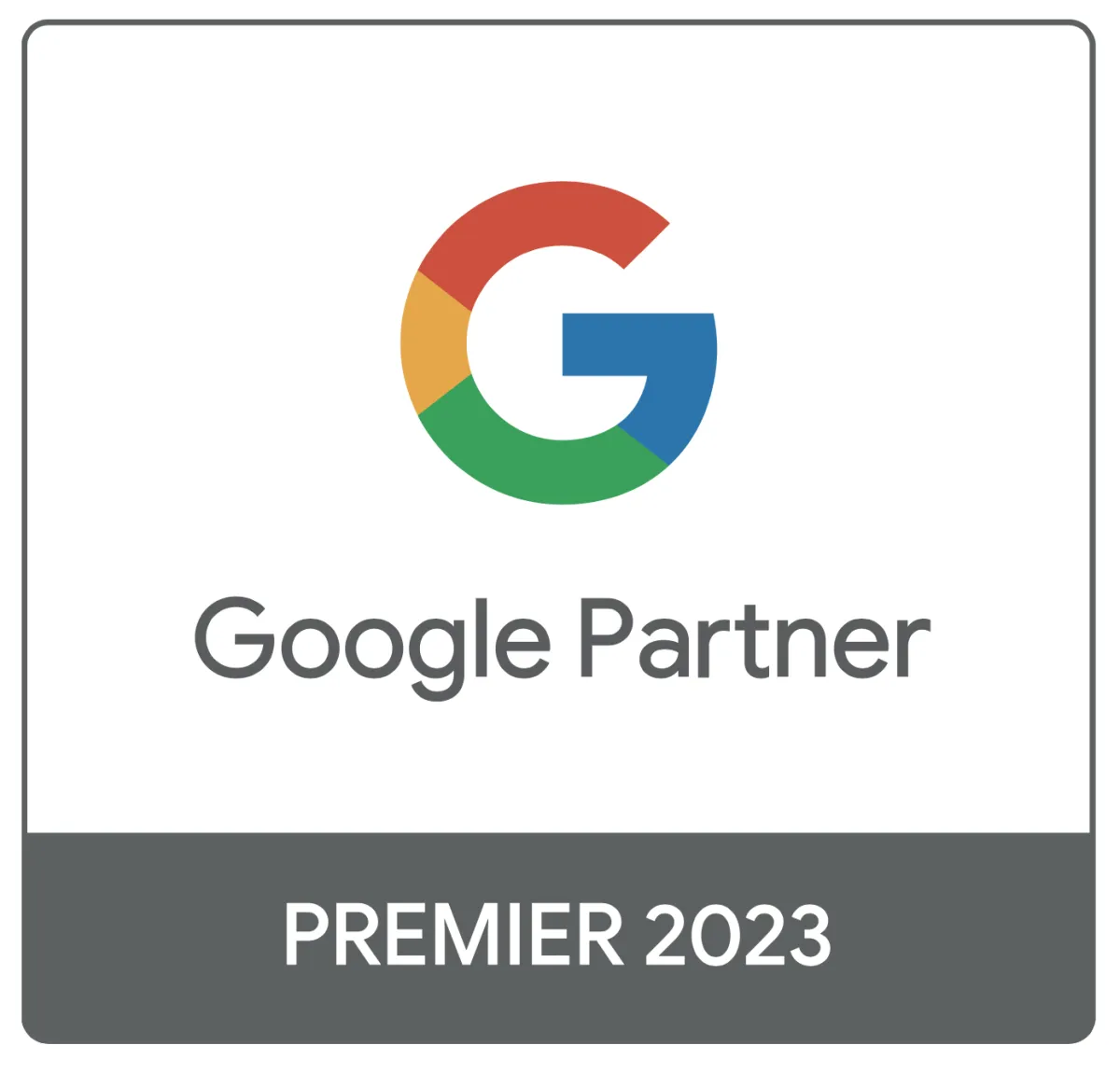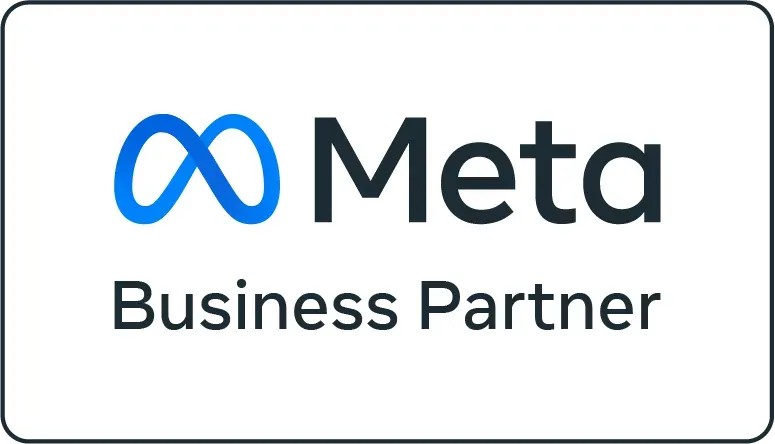BLOG

How To Use Personalized Marketing To Increase Leads And Sales
Some love a good party.
Some love a good cocktail.
Business builders love growth.
Now, if you love all of the above, then you most likely won’t ever turn down an invitation to a cocktail party.
Socialising, networking, drinks, (free!!) food - need I say more?! (You’re coming, right?)
Think back to the last time when you were in an extremely loud environment like that.
You most likely engaged in conversation, in a noisy room full of people doing the same.
But then, all of a sudden, your focus deviated from your conversation partner(s)…
You instantly paid attention to what was going on around you, and your ears perked up…
All because you heard your name somewhere - even though it was super noisy around you.
This phenomenon is called the cocktail party effect.
It’s a psychological principle that describes how our brains focus our attention on the information most relevant to us (like our names).
Our brain separates conversations and background noise into different auditory streams.
Then, it decides to ignore information that isn’t relevant. (How cool is that?!)
This is also the reason why sometimes things go in one ear and out the other.
But the great news is that you can apply this principle in your marketing to provide your audience with personalized experiences.
Research has found that personalized marketing directly influences buying behavior and decisions.
It doesn’t only drive growth but also long-term customer value.
And No, only using your lead’s and customer’s first name won’t cut it.
You need to go deeper than <insert name here>.
But first, let’s unpack what true personalization even is - and what it is NOT.
It isn’t:
Using your lead's first name (nobody wants to have their name said to them over and over again - it’s annoying AF)
Spamming your audience with impersonal, broad, vague content
Creating unspecific ads that speak to everyone (and therefore, to no one)
You need hyper-personalized content.
You need to make your prospects and customers feel that they are a person, not just a number.
As Seth Godin says:
“Personalization wasn’t supposed to be a cleverly veiled way to chase prospects around the web, showing them the same spammy ad for the same lame stuff as everyone else sees. No, it is a chance to differentiate at a human scale, to use behavior as the most important clue about what people want and more important, what they need.”
When you deeply understand your customer, and only then, will you be able to use true personalization.
Only then are you able to provide them with the right message and the right experience at the right time.
So how can you apply the cocktail party effect to your marketing?
Step 1 - Get hyper-specific
To be able to provide your audience with hyper-personalized experiences you need to first get hyper-specific.
Do your research.
Survey current and past customers.
Hang out in online forums where your ideal customers are congregating.
Learn as much as you can about your audience.
Camp out in their minds.
Become part of their world.
Then, use these insights to create sharp messaging and dial in your content, funnels and ads to speak to your ideal customer.
This will make them feel like you can read their mind.
It doesn’t get any more personal than that, right?
Step 2 - Personalize your copy and creatives
Now that you know your ideal customer inside-out, you can personalize your content, copy, message and creatives.
Whenever you write a piece of content or copy or create a new ad creative, ask yourself if this is hyper-specifically speaking to your ideal customer.
Is it answering their burning questions?
Is it solving their problems?
Is it speaking their language, using their voice?
Is it an identity trigger?
Is it relatable?
Reference your research insights and if you find that it is not, then cut it and start again.
Step 3 - Segment your audience
Don’t miss this important part of the personalization-puzzle.
Make sure you’re identifying the subgroups of your audience.
This helps you create tailored messaging, puts your personalization on steroids and allows you to build even stronger connections with your audience.
There are different ways to segment your audience:
Interests
Demographics
Geographics
Behaviors
Stages of the buyer’s journey
Levels of engagement
Device usage
Pro Tip for segmenting your email list:
Create different audience groupings and tags for all your segments.
You can easily do this, depending on which email marketing platform you’re using.
All you need to do is create the tags that are relevant to the different audience groupings and then link them within your email.
This allows you to ask your audience what they’re most interested in, eg offers, educational information, certain topics etc.
Et voilà, you can now send out hyper-personalized and specific content to different groups on your list.
From now on, make it a habit to always ask yourself:
“How can I personalize every single touch point for my potential customers?”
WANT MORE tips AND resources LIKE THIS?
Use This Science-Based ‘RALV’ Method To Get 33 - 300+ New High-Quality Leads On Demand, Every Single Month - Even When The World Is A Sh*t Show🤡

Finally stop wasting your time with unqualified leads and tire kickers! Find out how to turn “money-draining” ads into profitable campaigns guaranteed to improve lead quality and double or even triple your lead flow.

We are a performance-driven online marketing agency leveraging behavioural psychology and storytelling to convert strangers into dream clients profitably.
24 Ringstone
Cambridge
CB224GY
United Kingdom
UK: 01223 650670
Subscribe to uncover the psychology secrets used by billion-dollar brands in under 5 min every Thursday
Learn how to use behavioural psychology to increase your leads and sales.
Don't worry, we hate spam too.
Your information is secure and will not be shared.



Copyright © Tiger Tank 2025. All Rights Reserved.

